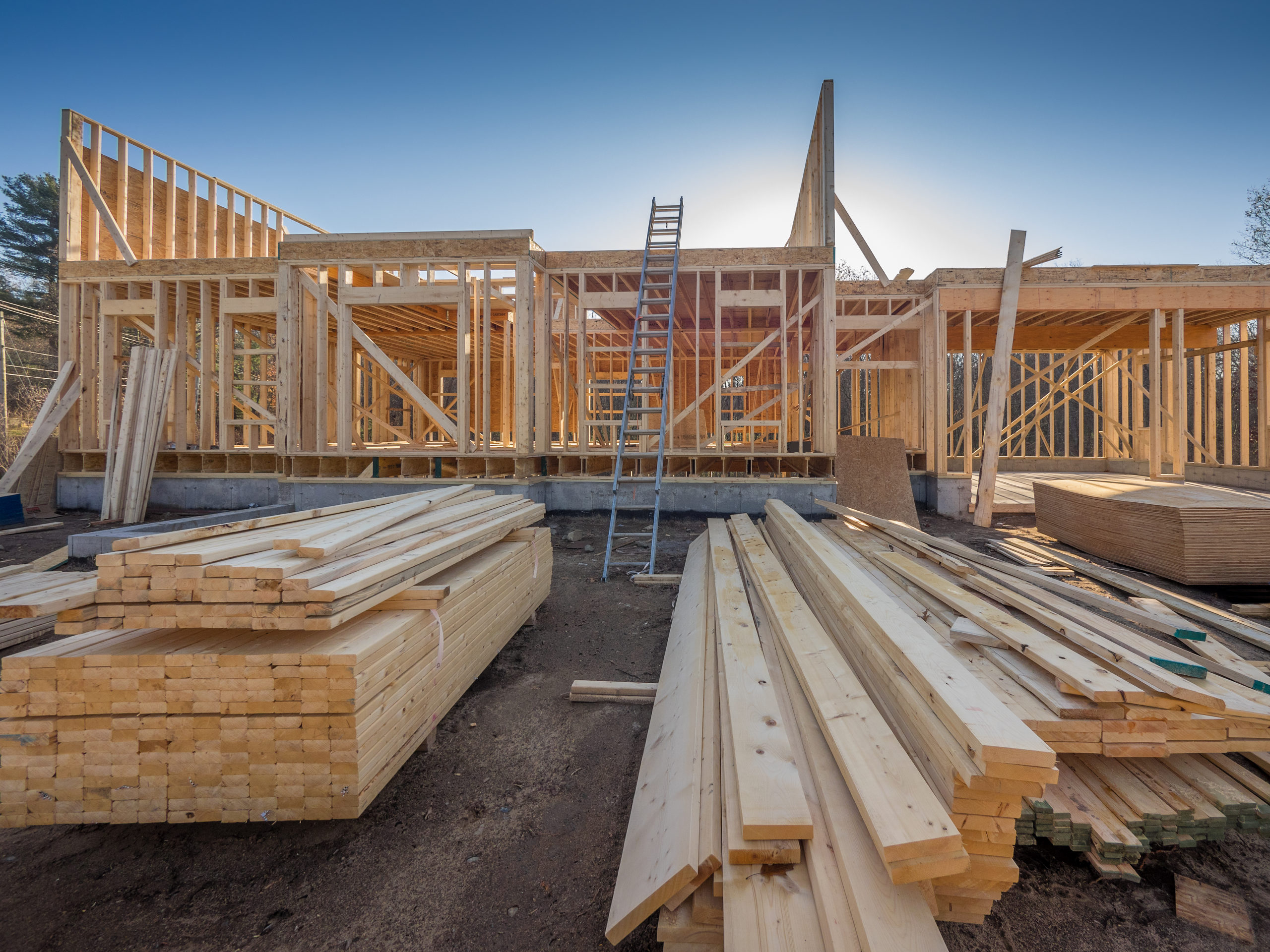Lumber prices and other construction costs have skyrocketed! Some of those prices have recently dropped. When do you measure the loss that the insurance company is supposed to pay?
We have been inundated with these “what do you do when prices spiral out of control?” questions. It happens after nearly every major natural disaster we become involved. When hundreds of buildings and homes get destroyed or market forces create a fast change of pricing, what is the correct measure of loss to be paid? What is the date you measure the loss?
We were recently sent a FC&S Bulletin that provides an insurance industry response to these questions, which I suggest policyholders, public adjusters, and contractors copy and paste when dealing with an insurance company:1
Hello, My question is in regards to claim payments. We had hail claims in May and June of 2020 and have made ACV payments for the damages. We have holdback available for replacement cost coverage HO-3 policy form HO 00 03 05 11. With the dramatic increase in building materials and labor, do we owe the extra costs or the cost at the time of loss? Some claims have more than doubles in cost. Thank you!
—South Dakota SubscriberThe policy states that once repair is completed it will pay no more than the least of the limits of the policy, cost to repair or replace with like kind and quality, or the amount actually spent to repair or replace damaged property. (emphasis added). This indicates that whatever the cost is at the actual time of repair, not the date of loss, is what is paid out. Nothing in the policy ties payment to costs that existed at the time of the loss; payment is made when it is made, at the going costs at the time.
What are the FC&S Bulletins? I first started reading the National Underwriter FC&S Bulletins as a law clerk in 1981. My mentor, Paul Butler, was emphatic about doing complete research and that included looking for insurance industry discussions about what industry experts felt their policies meant rather than just reading case law written by judges who were not experts in insurance law. Here is an agent’s discussion about the National Underwriter FC&S bulletins:2
The Fire, Casualty, & Surety Bulletins (FC&S) service was started in 1929 by Edward J. Wolgemuth, founder of The National Underwriter Company. FC&S exists to this day as the premier property and casualty information service.
For more than 85 years, FC&S has provided objective information—particularly in the area of insurance policy interpretation—to all types of insurance professionals.
The complete print service is comprised of eight volumes: Fire & Marine, Personal Lines, Casualty & Surety, Umbrella, Directors & Officers Liability, Guide to Policies I and II, and Companies & Coverages.
The current FC&S Online permits subscribers to retrieve over 5,000 documents through a state-of-the-art content management system and graphical user interface. Today’s FC&S Online brings information and analysis to the desktops of thousands of insurance professionals throughout the world.
Public adjusters, insurance agents, and everybody in the insurance claims business should subscribe to the FC&S Bulletins if they want to keep up and be the best at what they do.
We will have more on this topic in the future. The issue regarding which date to measure a loss is a lot more complicated than this quick answer. But this may help in the interim.
Thought For The Day
It is hard to imagine a more stupid or more dangerous way of making decisions than by putting those decisions in the hands of people who pay no price for being wrong.
—Thomas Sowell
______________________________________________________
1 Christine Barlow, CPCU. Insurance Q&A of the Week: Loss Settlement and Increased Costs. Aug. 9, 2021. Available at https://www.nuco.com/fcs/2021/08/09/insurance-qa-of-the-week-loss-settlement-and-increased-costs/ (subscription). (Thanks to public adjuster Larry Berman for forwarding this bulletin).
2 https://www.piaindiana.com/fcs.html




